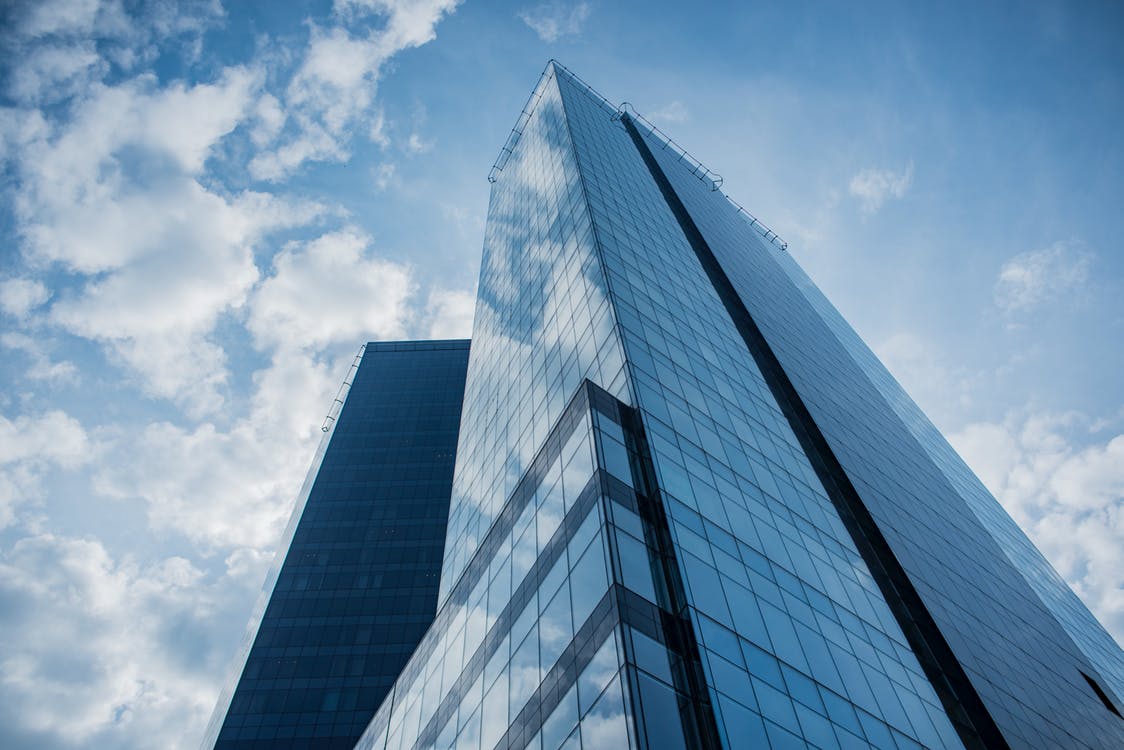Do You Get Motion Sickness When Working in a Skyscraper?
While some individuals are susceptible to motion sickness while riding in trains, boats, planes, and cars, few have considered how being in a skyscraper can cause a form of motion sickness as well. Recent reports however, have not only speculated that motion sickness occurs for tenants of skyscrapers but also indicates that it may be more common than one would think.
image © Unsplash
Despite a skyscrapers rigid appearance, they are surprisingly susceptible to swaying when battling external forces such as nearby construction, trains, or strong guests of wind. While in many cases, an individual may not even feel the actual building move, they will see a moving element such as a lamp or book shift which can further bring on symptoms.
image © Quinn
According to Professor Kenny Kwok of the University of Western Sydney, Australia "recent field studies have shown that wind-induced building motion can cause Sopite syndrome (a motion-related neurological disorder) or early onset motion sickness."
image © Pexel
The degree of motion sickness caused by the swaying has yet to be determined. However, Dr. Anthony Darby, Head of Civil Engineering at the University of Bath is working on simulating the environmental conditions of being in a swaying skyscraper in order to better determine the effect it has on an individual.
image © Ingo Joseph
As part of their research they will be simulating "not only the structural motion, but the surroundings, temperature, noise, air quality, even smell, all of which contribute to our experience of, and tolerance to, building motion.”
image © Chris Price
While the study aims to predominately focus on the element of motion sickness, they hope that the simulation will also offer insight on other effects swaying may cause such as depression, sleepiness and even fear.










